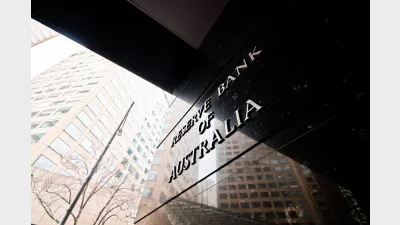Why 12 is the key governance number for APRA



Superannuation funds will be the ultimate arbiter of the size of their boards but the Australian Prudential Regulation Authority (APRA) will be raising its eyebrows if the number of trustee directors exceeds 12.
That is one of the key bottom lines of APRA's Prudential Practice Guide SPG 510 dealing with governance with the regulator making it clear that it expects superannuation to live up to the new standards as soon as possible.
And what is clear from the APRA practice guide is that the regulator sees the size of boards as being a critical element in the efficient running of superannuation funds.
The practice guide said APRA's view was that a prudent board would determine a target size for the board and its committees "and reflect in the board's renewal policy an outline of how the board intends to achieve and maintain this target size".
"APRA's view is that board size influences a board's capacity to operate effectively," the regulator said.
"APRA considers it would be prudent practice for an RSE [responsible superannuation entity] licensee to periodically review the total number of directors on the board and assess whether the size of the board supports the effective functioning and decision-making of the board," it said.
"The size of the board is ultimately a matter for the RSE licensee to set in light of the size, business mix, and complexity of their business operations. APRA's view, however, is that there are likely to be very limited circumstances where an RSE licensee would need a board of more than 12 directors."
"APRA's view is that, when determining the overall composition of the board, an RSE licensee would ordinarily take into account the RSE licensee's business and strategic plans and the skills and capabilities required to effectively oversee the implementation of that strategy."
Recommended for you
Super trustees need to be prepared for the potential that the AI rise could cause billions of assets to shift in superannuation, according to an academic from the University of Technology Sydney.
AMP’s superannuation business has returned to outflows in the third quarter of 2025 after reporting its first positive cash flow since 2017 last quarter.
The major changes to the proposed $3 million super tax legislation have been welcomed across the superannuation industry.
In holding the cash rate steady in September, the RBA has judged that policy remains restrictive even as housing and credit growth gather pace.









